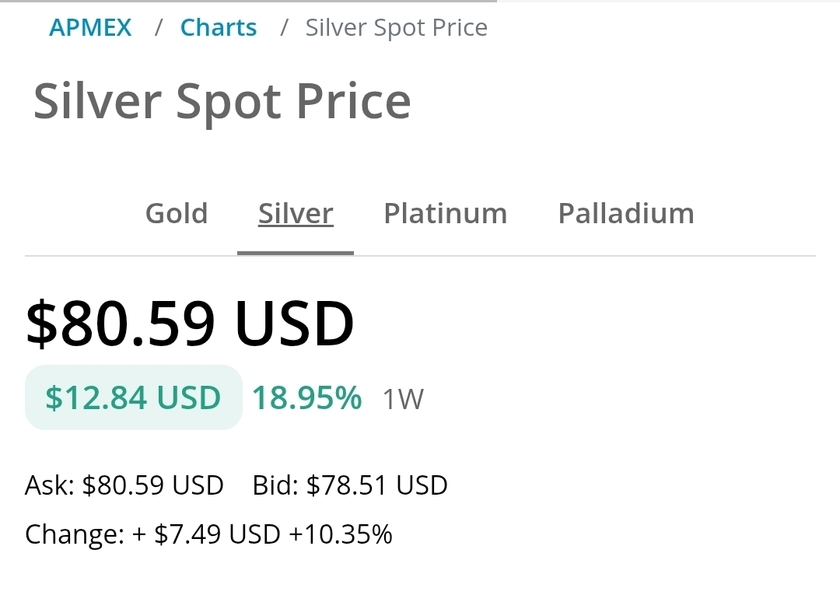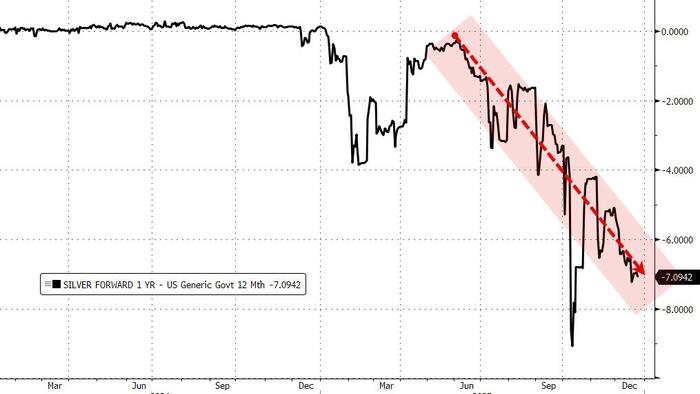Today the BIS Committee on Payments and Market Infrastructures (CPMI) published a report on how multilateral platforms could address cross border payment frictions. The paper mentions 20 separate platforms, most of which use conventional technologies and are in production. It also includes three CBDC cross border payment platforms which are still in development and all use blockchain.
However, the paper doesn’t mention other private DLT initiatives such as Fnality, Partior or Baton Systems.
The three cross border CBDC platforms referenced are Project MBridge, Project Dunbar and Project Jura, which all involve the BIS Innovation Hub, a co-author of the report alongside the IMF and World Bank.
Most existing multilateral platforms are regional, with only three global ones in production: CLS, Visa and Mastercard.
Benefits of multilateral platforms
Multilateral platforms enable payments without using correspondent banking. Hence they reduce the friction, time and costs of involving intermediary banks for international payments. Shortening the transaction chain by reducing intermediaries also makes compliance easier and cheaper.
Other benefits include reducing funding costs by having one larger liquidity pool on the platform. Enabling alternative payment routes could also improve competition because more payment service providers can send payments directly.
FX settlement is one aspect of cross border payments. “The report highlights the many challenges facing cross-border payments today, of which FX settlement risk is a primary concern,” said Jerome Kemp, President of Baton Systems. “DLT needs to be factored into the conversation as a technology that can unlock this conundrum. Technology firms – such as Baton – have proven that riskless FX settlement in a broad basket of currencies, for an extensive range of wholesale participants, and greater transparency into current and forecast funding requirements at the currency level is possible today.”
Hub and spoke versus common platform
The report describes two approaches to creating a multilateral payments network. One is to use a hub and spoke model, and the other is to share a common platform. The rationale for a hub and spoke model is to interlink domestic payment systems.
Simplistically, with the hub and spoke model one just has to agree on a common set of APIs for interlinking at a technical level. In contrast, for a common platform, participants would need to agree on pretty much every aspect of the platform and its functions.
While it’s recognized that an agreement is likely to be challenging, on the other hand this sort of common platform solution could be less complex, and hence easier to maintain more efficiently. Because changes to a hub and spoke model need to consider the impact on each payment system (spoke) connection.
Another benefit of a common platform is a more consistent level of service. For example, each domestic network might have different criteria for participation, with some restricted to banks. In contrast, for a common platform, the same criteria would likely be applied worldwide.
All of the DLT solutions are common platforms, both CBDC and private.
The report also highlights several challenges with multilateral platforms, many of which have been raised in previous cross border CBDC reports.




























